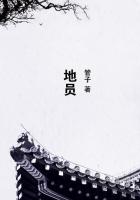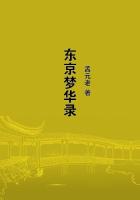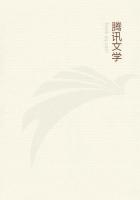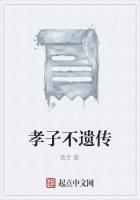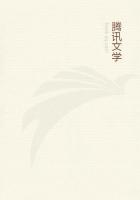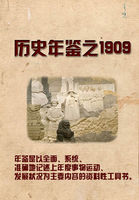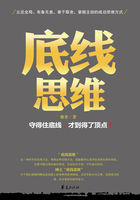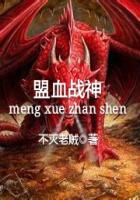The Mantis-hunting Tachytes consumes its heap of Mantes, the horny envelope included, without leaving any remains but scanty crumbs, quite insufficient to establish the number of items provided. After the meal is completed, any inventory of the rations becomes impossible. I therefore have recourse to the cells which still contain the egg or the very young larva and, above all, to those whose provisions have been invaded by a tiny parasitic Gnat, a Tachina (Cf. "The Hunting Wasps": chapters 4 and 16.--Translator's Note.), which drains the game without cutting it up and leaves the whole skin intact. Twenty-five larders, put to the count, give me the following result:
8 cells each containing 3 items 5 cells each containing 4 items 4 cells each containing 6 items 3 cells each containing 7 items 2 cells each containing 8 items 1 cell containing 9 items 1 cell containing 12 items 1 cell containing 16 items ---25
The predominant game is the Praying Mantis, green; next comes the Grey Mantis, ash-coloured. A few Empusae make up the total. The specimens vary in dimensions within fairly elastic limits: I measure some which are a third to a half inch long, averaging two-thirds to one inch long, and some which are two-fifths, averaging three quarters. I see pretty plainly that their number increases in proportion as their size diminishes, as though the Tachytes were seeking to make up for the smallness of the game by increasing the amount; none the less I find it quite impossible to detect the least equivalence by combining the two factors of number and size. If the huntress really estimates the provisions, she does so very roughly; her household accounts are not at all well kept; each head of game, large or small, must always count as one in her eyes.
Put on my guard, I look to see whether the honey-gathering Bees have a double service, like the game-hunting Wasps'. I estimate the amount of honeyed paste; I gauge the cups intended to contain it. In many cases the result resembles the first obtained: the abundance of provisions varies from one cell to another. Certain Osmiae (O. cornuta and O. tricornis (Cf.
"Bramble-bees and Others": passim; and, in particular, chapters 3 to 5.--Translator's Note.)) feed their larvae on a heap of pollen-dust moistened in the middle with a very little disgorged honey. One of these heaps may be three or four times the size of some other in the same group of cells. If Idetach from its pebble the nest of the Mason-bee, the Chalicodoma of the Walls, I see cells of large capacity, sumptuously provisioned; close beside these I see others, of less capacity, with victuals parsimoniously allotted. The fact is general; and it is right that we should ask ourselves the reason for these marked differences in the relative quantity of foodstuffs and for these unequal rations.
I at last began to suspect that this is first and foremost a question of sex. In many Bees and Wasps, indeed, the male and the female differ not only in certain details of internal or external structure--a point of view which does not affect the present problem--but also in length and bulk, which depend in a high degree on the quantity of food.
Let us consider in particular the Bee-eating Philanthus. Compared with the female, the male is a mere abortion. I find that he is only a third to half the size of the other sex, as far as I can judge by sight alone. To obtain exactly the respective quantities of substance, I should need delicate balances, capable of weighing down to a milligramme. My clumsy villager's scales, on which potatoes may be weighed to within a kilogramme or so, do not permit of this precision. I must therefore rely on the evidence of my sight alone, evidence, for that matter, which is amply sufficient in the present instance. Compared with his mate, the Mantis-hunting Tachytes is likewise a pigmy. We are quite astonished to see him pestering his giantess on the threshold of the burrows.
We observe differences no less pronounced of size--and consequently of volume, mass and weight--in the two sexes of many Osmiae. The differences are less emphatic, but are still on the same side, in the Cerceres, the Stizi, the Spheges, the Chalicodomae and many more. It is therefore the rule that the male is smaller than the female. There are of course some exceptions, though not many; and I am far from denying them. I will mention certain Anthidia where the male is the larger of the two. Nevertheless, in the great majority of cases the female has the advantage.
And this is as it should be. It is the mother, the mother alone, who laboriously digs underground galleries and chambers, kneads the plaster for coating the cells, builds the dwelling-house of cement and bits of grit, bores the wood and divides the burrow into storeys, cuts the disks of leaf which will be joined together to form honey-pots, works up the resin gathered in drops from the wounds in the pine-trees to build ceilings in the empty spiral of a Snail-shell, hunts the prey, paralyses it and drags it indoors, gathers the pollen-dust, prepares the honey in her crop, stores and mixes the paste. This severe labour, so imperious and so active, in which the insect's whole life is spent, manifestly demands a bodily strength which would be quite useless to the male, the amorous trifler.
Thus, as a general rule, in the insects which carry on an industry the female is the stronger sex.
Does this pre-eminence imply more abundant provisions during the larval stage, when the insect is acquiring the physical growth which it will not exceed in its future development? Simple reflection supplies the answer:
yes, the aggregate growth has its equivalent in the aggregate provisions.

